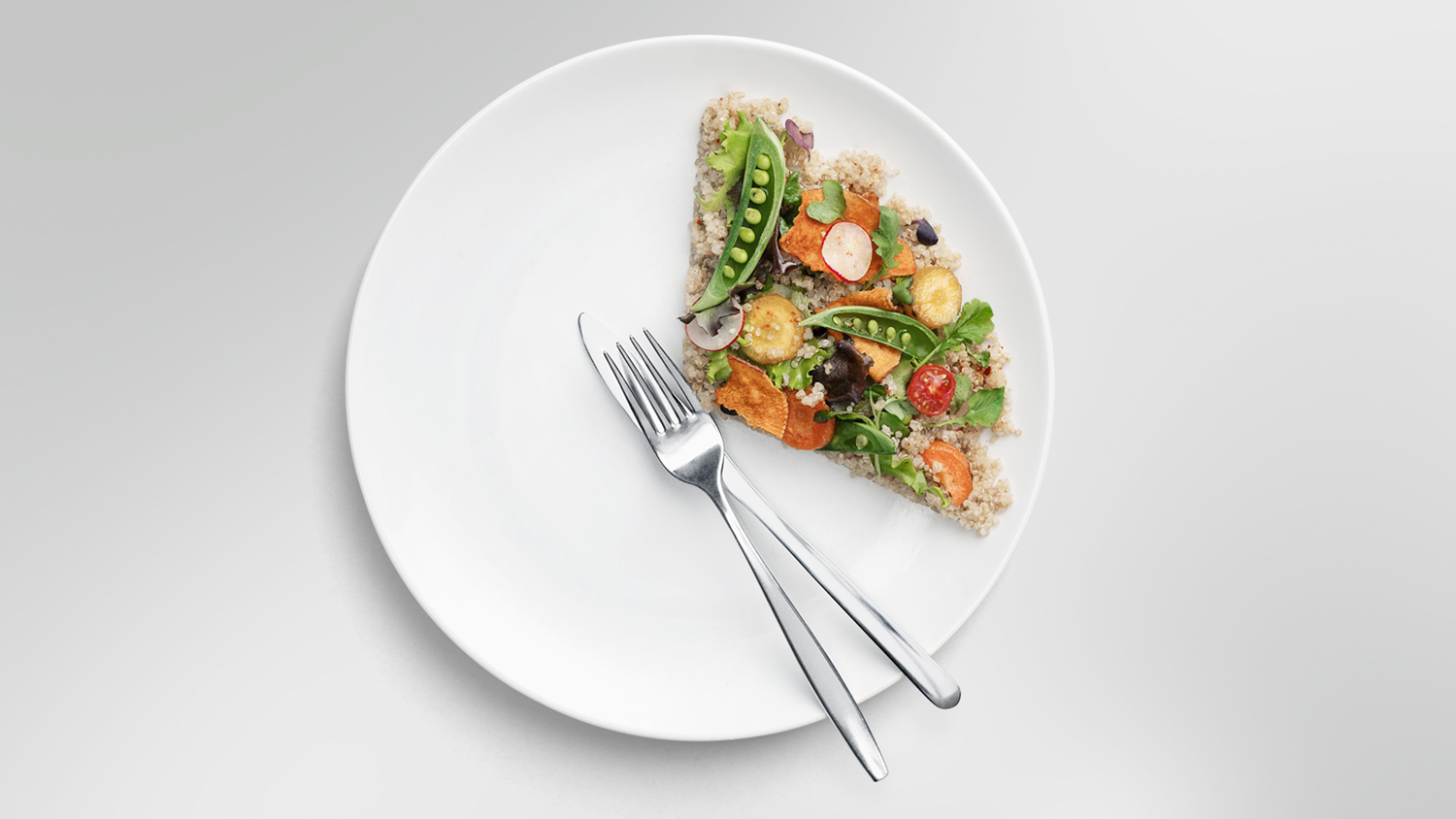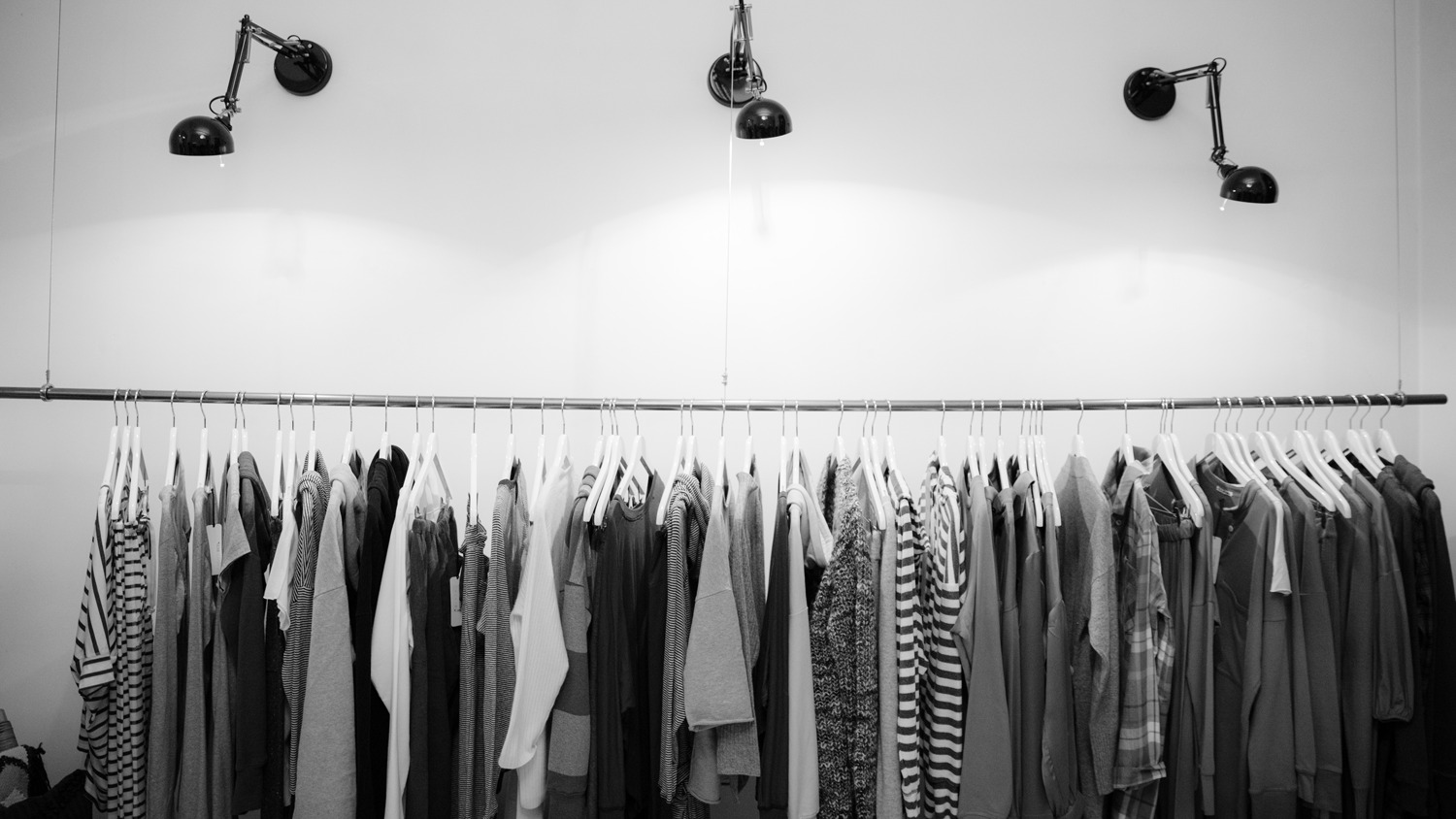Despite tap water being a perfectly safe choice that is also good to the environment, the consumption of bottled water in Estonia is growing year on year. Even though the Estonian population is well supplied with clean drinking water – nearly 90% (2022) use water from the public water supply system and 99.15% (2022) consume drinking water that meets quality standards – the statistics on bottled water consumption are still staggering. Based on previous market research in Estonia, 72% of Estonians consume bottled water and the COVID-19 pandemic has increased demand for bottled water even more. The question is first of all – why?
Why do people prefer bottled water? Is it due to a lack of awareness of the high quality of tap water, or have isolated anomalies significantly undermined consumer confidence? Perhaps we are unable to let go of old habits and often opt for a more convenient choice? There may be different reasons, but it is time for all of us to ask ourselves whether we have fully understood the real negative impact of having water from a plastic bottle.
While many people prefer bottled water to tap water, studies have not proven it to be cleaner and safer than tap water. Consumers often lack information on consistent monitoring, on the origin and treatment of bottled water and its storage conditions. Yet this seems to be a safer choice for people than drinking tap water that is regularly tested.
The research paper “Microplastic concentrations in Estonian bottled water” (Neilant, 2021) shows that Tallinn tap water has the lowest contaminant weight, while the water bottled in both glass and PET bottles contained microplastics in all samples analysed. It is therefore important to talk about the quality of water as much as its sustainability, and to encourage consumers to drink tap water.
Why is it that we still haven’t realised today that we are one of the few lucky countries in the world that has clean, good quality tap water and doesn’t have the problem of not having it enough?
Kristiina Soovik, Head of Water Quality at Tallinna Vesi, rightly says that it is easy to get used to a good thing. For example, clean, fresh, high-quality drinking water seems so natural that you don’t even have to think about it. You just turn on the tap and the water is running – safe and fresh at the same time.
Recent events in Estonia – the drinking water contaminated after an emergency in Kuressaare and the water shortage caused by drought in Viimsi – have reminded us that things are not so rosy always and everywhere. It takes a lot of people, strategic work and science, day-to-day monitoring and maintenance to deliver a reliable service and excellent water quality. But there are also a few things that consumers themselves should know.
How many of us today knowingly maintain the pipework on our own property? To make sure the quality of clean drinking water is maintained until it reaches the tap, apartment and house owners have a responsibility to keep the water pipes in their property clean and well maintained. Older pipes made of metal have a tendency to develop rust and can result in yellow or even a brownish tap water. Various sediments in turn create favourable conditions for the development of bacteria, so it is worthwhile to regularly maintain not only the pipes but also the taps and faucets.
Tallinna Vesi encourages you to make smarter choices and help others to be an important part of creating a more sustainable and environment-friendly tomorrow.
5 REASONS TO CHOOSE TAP WATER OVER BOTTLED WATER
Drinking more tap water instead of bottled water would save hundreds of millions of euros a year for EU citizens alone. It would also have a big environmental impact – less plastic waste and greenhouse gas emissions. Drinking bottled water is justified in areas where tap or well water is scarce or unfit for drinking. This is generally not the case in Estonia.
Tap water is 500 times cheaper than bottled water
The average price of 0.5 litre of bottled water in shops is €0.5. For the same money, people in Tallinn can drink 250 litres of tap water. So, this makes bottled water 500 times more expensive than tap water. 90% of the cost of bottled water is packaging and marketing, not the cost of the water itself.
In Estonia, every person consumes an average of 37 litres of bottled water per year. The EU average is 106 litres of bottled water per person per year. The European Commission estimates that reducing the consumption of bottled water could save European households more than €600 million a year.
Producing bottled water creates huge amounts of waste
The production and transport of bottled water is highly energy intensive. A study by the United Nation University, Global Bottled Water Industry: A Review of Impacts and Trends, shows that the bottled water industry produced around 600 billion plastic bottles and containers in 2021. As a result, around 25 million tonnes of plastic waste was generated, most of this went unrecycled and ended up in landfills. It takes 0.25 litres of oil and about 5.3 litres of water to produce just one plastic bottle. This means that 3.2 billion litres of water and nearly 40 million gallons (or nearly 1.36 billion tonnes) of oil are wasted every year to produce 600 billion water bottles.
It takes 5.3 litres of water to produce a bottle of water
The production of bottled water also involves significant amounts of water. It takes about 5.3 litres of water to make a typical disposable water bottle. Producers use up to 2 litres of water to produce one litre of bottled water.
A litre of tap water causes 173g less CO2 emissions than bottled water
The production and consumption of bottled water significantly harms the natural environment and contributes to climate change. By drinking tap water, your ecological and carbon footprint is almost 285 times smaller than drinking bottled water. Compared to bottled water, producing a litre of tap water causes 173g less CO2 emissions.
The tap water in Estonia is clean, fresh and tastes good
Tap water is subject to high quality standards, with dozens of water samples taken every day across Estonia to test and ensure it meets these high standards. A survey amongst the consumers of Tallinna Vesi showed that the public’s trust in tap water is very high – 91% of end consumers said they trust tap water and most of them enjoy drinking it.
Text by: Priit Kappak, Head of Environment and Sustainability, AS Tallinna Vesi




